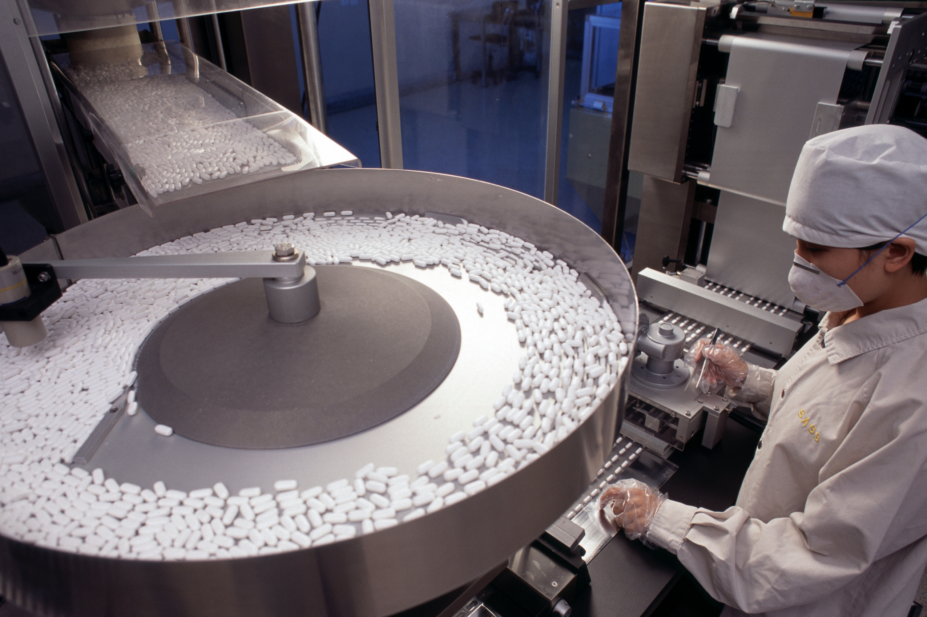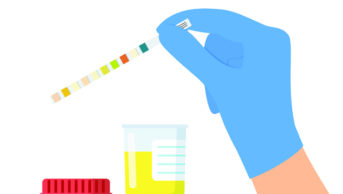
Francis Li / Alamy Stock Photo
The majority of warnings from European and US drug regulators are to drug manufacturing sites in India and China, raising concerns about the fragility of the global supply chain.
The analysis of publically available data by The Pharmaceutical Journal shows that from early 2018 until August 2019, the FDA’s Office of Manufacturing Quality has published 75 warning letters to pharmaceutical manufacturers that have violated its safety and/or quality standards. Half of these warning letters (49%) — which could result in the regulator taking enforcement action — were sent to companies based in China (18) or India (19).
In the same period, the European Medicines Agency published 22 compliance notices, of which 14 (64%) were for medicines manufacturers based in India or China.
The figures are being analysed after several incidents at factories in India and China have caused global shortages of essential medicines.
In June 2018, regulators around the world recalled thousands of batches of valsartan-containing products that were found to be contaminated with potential carcinogens. The affected products were detected during inspections of two factories in China.
In 2016, an explosion at a factory in China— a major producer of the API for piperacillin-tazobactam — caused severe global shortages.
Compliance notices are issued when manufacturers do not comply with the standards of Good Manufacturing Practice, as provided by EU legislation.
As a result of the compliance issues, regulators put restricted bans or special measures in place instead of suspending or closing the manufacturer as doing so could have caused critical medicines shortages — including for the broad-spectrum antibiotic piperacillin-tazobactam.
A parliamentary report on the impact of Brexit on the pharmaceutical sector, published in May 2018 by the House of Commons Business, Energy and Industrial Strategy Committee, pointed out that 80–90% of generic medicines used in the NHS are imported, with China and India among the top five providers of UK medicines outside the EU.
Atholl Johnston, an expert in clinical pharmacology at Queen Mary University of London, told The Pharmaceutical Journal that the case of valsartan was “a real eye-opener” because it had become apparent that one company makes the majority of the active ingredient, showing the “fragility” of the supply chain.
“When you find a contaminant, you end up taking eight different formulations off the market,” he said.
Meanwhile, Gino Martini, chief scientist at the Royal Pharmaceutical Society, said: “There does seem to have been a spate of inspectors going in [to Chinese and Indian pharmaceutical manufacturers] and finding problems and that is a good thing because it shows the system is working.
“But we do need to make sure there are regular inspections to the same standard that manufacturers in the UK would get.”
Warwick Smith, director general of the British Generic Manufacturers Association, explains that the production of both finished product pharmaceuticals and active pharmaceutical ingredients (APIs) has shifted to India and China for several reasons, including looser patent rules and a desire to drive down cost.
“Where I am concerned is the concentration in production of APIs — that is what should keep people awake at night,” he says. “If you only have one or two manufacturers for APIs for a critical product, that is a real weakness in the supply chain.”
A spokesperson for the Medicines and Healthcare products Regulatory Agency (MHRA) said that the high numbers of warning notices from regulators to manufacturers in India and China is owing to their larger market share, and there was little evidence that facilities in those countries had lower standards.
They added: “There is not a significant difference in the number of serious non-compliance issues identified at UK sites when compared to those of non-EU countries.”
According to data provided by the MHRA, 5% of inpections of manufacturers in India found “critical deficiencies” in 2017 and 2018, compared with 4% of manufacturers in the UK.
However, the data also revealed that 6% of inspections of manufacturers in India resulted in the regulator issuing a statement of non-compliance (SNC). This is compared with 0.8% of inspections of manufacturers in the UK.
The MHRA said there is a higher proportion of SNCs issued to Indian manufacturers because, within the regulatory framework, SNCs are the only way the MHRA can manage non-compliant manufacturers in countries outside the UK. In the UK, the MHRA has the option of suspending or placing restrictions on manufacturers.
They added that they provide training and “regulatory strengthening support” to countries such as India and China, “often in conjunction with regulatory partners”.
You may also be interested in

Mandatory ‘eight-week buffer stock’ requirement not met by medicine suppliers, reveals audit

Government declares ‘national shortage’ of GLP-1 receptor agonists for type 2 diabetes until 2024
